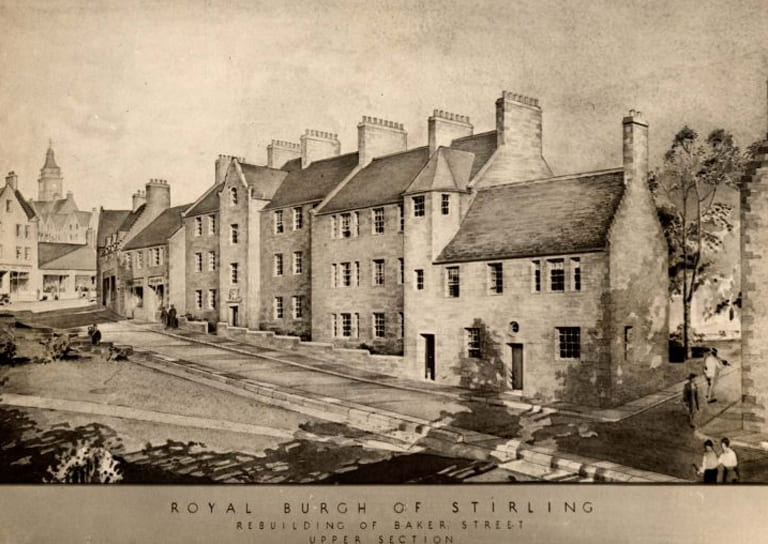One of its inhabitants was a man of the Empire, a slave owner and a medical doctor. Dr Patrick Doig (1762-1833) was the son of David Doig, the well-known Rector of Stirling High School from 1760-1800. Patrick Doig did not become an educator like his father, instead he made his fortune whilst living and working on plantations in Antigua as a medical doctor. We are unsure if he treated the white families and/or the enslaved people they held on their plantations, but we do know that Scottish-trained doctors were a highly prized and valuable commodity in the West Indies because of their excellent education.
Dr Patrick Doig wasn’t just a doctor who lived and worked in the Antigua, he also owned a number of enslaved people. In 1824 he is recorded as owning four enslaved people: Daphne, Henry, John, and William. He also owned a man named Sampson for around 5 years. As Sampson was the only person he owned for several years he may have been a trusted servant or personal secretary.
In 1792 ‘Dr. Patrick Doig, surgeon’, was also on a list of officers on the Island of Antigua, which was famous for its brutal sugar plantations. As a Capt. Lieut. He returned to Scotland to marry Jane Austin in Glasgow in 1808, she was the daughter of an Antiguan merchant. After their wedding, Patrick and Jane returned to Antigua where their son David was born. They returned to Stirling in 1817, and Patrick appears to have inherited Snowdon House after his father’s death in 1800. Patrick was still living in the house with his wife when he died there in 1833. Jane remained at Snowdon House until her death in 1849, and she is buried alongside Patrick and his father in Stirling’s Holy Rude Church.
In 1915 The Stirling Observer published a feature on Snowdon House, which Stirling Council had just purchased and slated for demolition, to make way for an extension of the Valley Cemetery. Apparently, ghost stories and rumours of hidden passages linking the house to the Castle had been discussed locally for years, so when Snowdon House opened its doors to the public for the sale of its contents after its tenant had died, locals were desperate to look inside:
Than Snowdon House there is probably no residence in the burgh which is less known either externally or internally to the people of Stirling. It has always had the aspect of a hermitage, its situation, the high wall surrounding the grounds, and the closed iron railing gate, backed with wood, excluding prying eyes and increasing the appearance of the place as an abode of mystery. Thousands of Stirling people have lived and died who never saw any more of the property than the outside gate and the chimneys of the house as depicted in views of the Castle and Cemetery.
But the Observer’s journalist has a dim view of some of the taller tales associated with the building’s secret passages:
One of the stories associated with a secret passage is that a soldier, attempting to escape the Castle, made his way down a passage, but finding it led into a room in Snowdon House where people were sitting, turned back and lost his way, his skeleton being found many years afterwards. There is nothing to support this tale, however, and it is the kind of story that is often related in connection to old houses.
You can visit Snowdon Cemetery at the foot of Stirling Castle today, which opened in 1924.







































































































